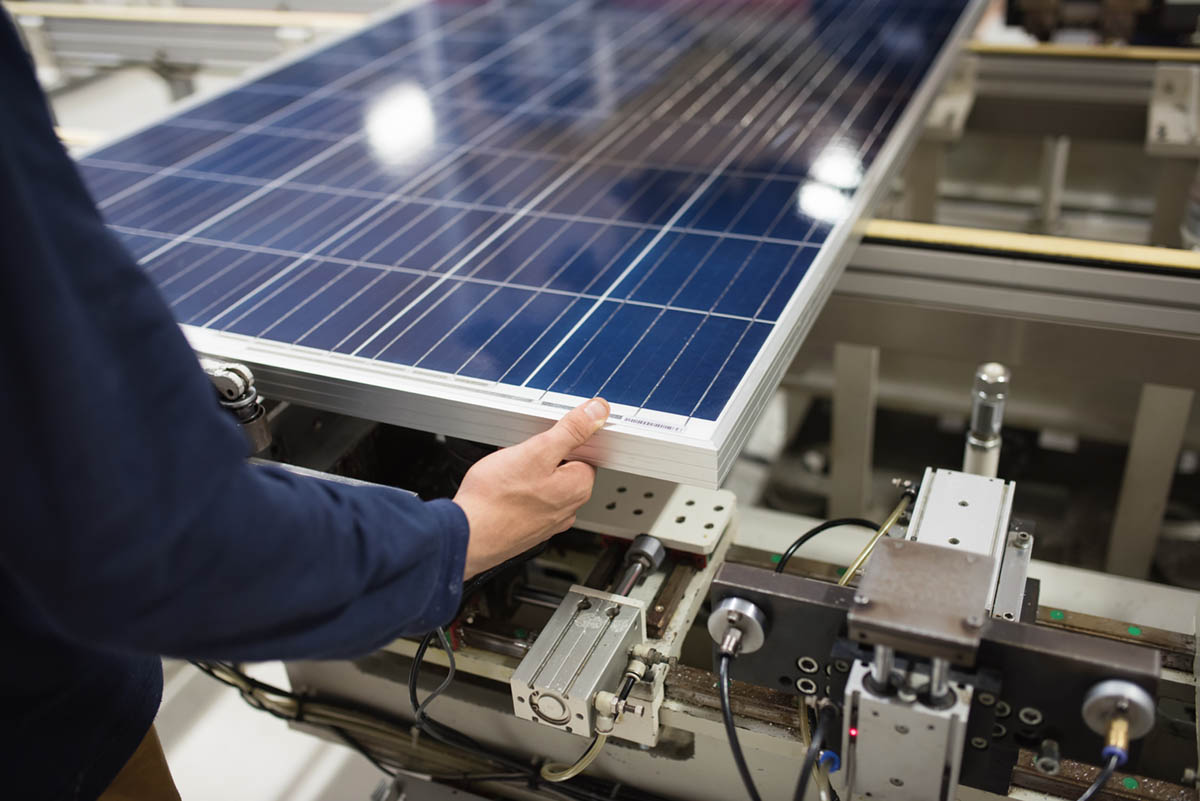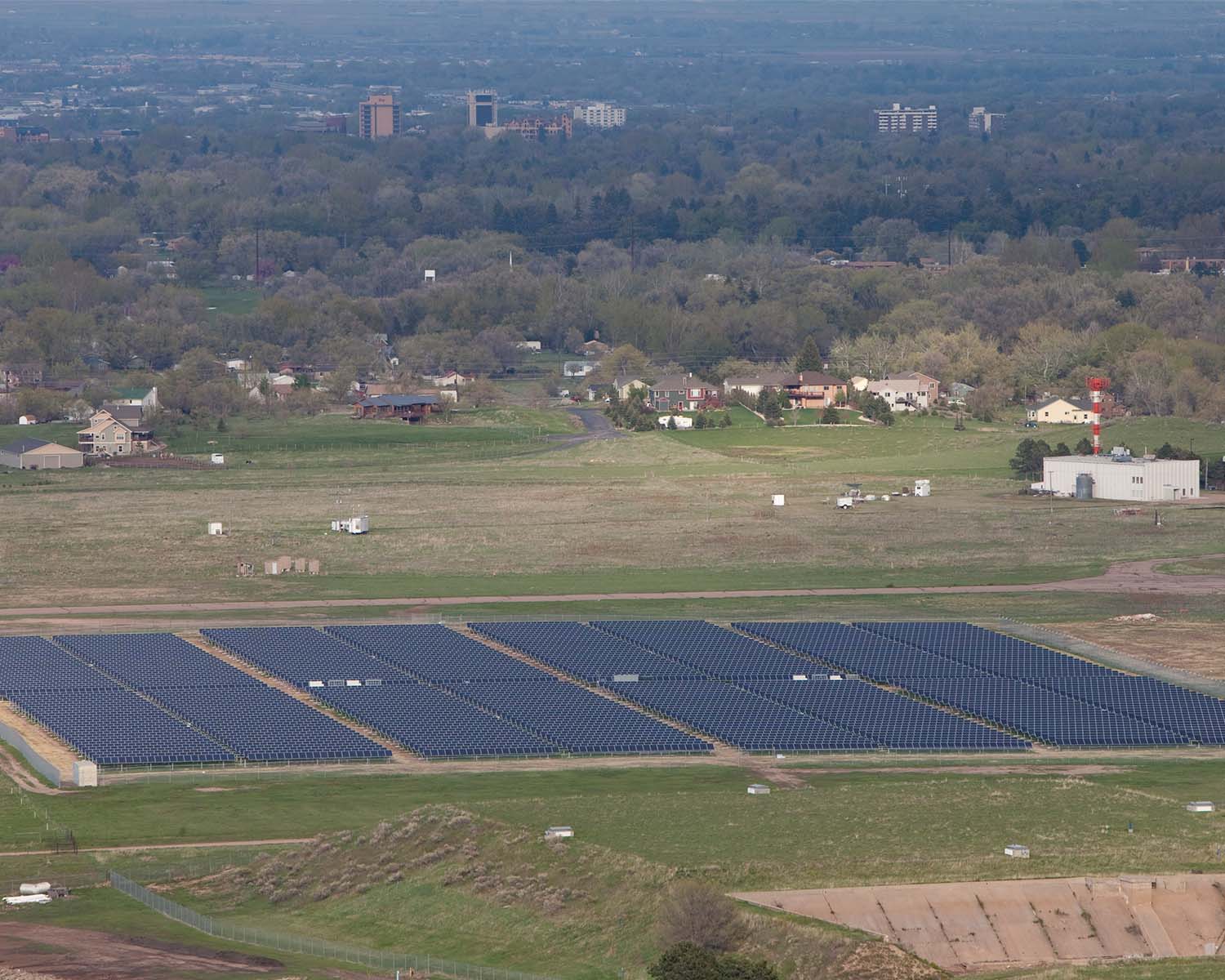Solar Power Purchase Agreement (Solar PPA) vs. Leases
Solar leases and solar PPAs (power purchasing agreements) offer an additional option for people to put solar panels on their homes with no up-front cost.
Under solar leases and PPAs, your solar installer will build a system on your property, then charge you a monthly fee to use the power it produces. These contracts allow for homeowners to go solar for no money down, but the tradeoff is a much lower return on investment over the life of the system.
In this article, we’ll explain how solar leases and PPAs work, then compare the pros and cons of these agreements vs. buying your system with cash.
What Is a Solar PPA?
In simple terms, a solar lease, or solar PPA, is a rental agreement between a solar installer and the homeowner. Under these solar power purchase agreements, the installer builds a solar power system on the homeowner’s property, but the solar installer retains ownership of the system. The homeowner then rents the use of the system, paying a monthly fee to use the energy generated by the panels.
Homeowners have traditionally been opposed to solar leases and PPAs because the terms of the contracts heavily favor the installer. For those who want to maximize their return on investment (ROI) and save as much as possible on their energy bills, buying your system with cash is a much better option than leasing solar panels.
However, if a cash purchase isn’t in your budget, leases and PPAs still cost less than buying power from the utility. Leasing is a way to go solar if you don’t have the option to purchase a system outright.
How Do Solar Leases and Solar PPAs Work?
First, let’s look at how solar leases and PPAs are structured.
For both options, the leasing company installs a system on your home, which they own. This detail is important because it allows the leasing company to claim the 26% Federal Tax Credit and any other local rebates and incentives, which are awarded to the owner of the system.
Once it’s installed, you pay a monthly fee to the leasing company for the power produced by the panels. This is where leases and PPAs differ:
- Under a solar contract, you pay a flat monthly fee to use the system. The fee is calculated based on the average estimated production of the system. The actual output will likely be higher in the summer and lower in the winter, but in either case, you pay a fixed monthly fee.
- Under a solar PPA, you are only billed for the energy you use. The contract sets a price-per-kWh, which is typically a few cents less than what the utility company charges. For example, if the utility rate is $0.14/kWh, your solar PPA may bill you at a rate of $0.11/kWh.
What Are the Pros of Solar Leases & PPAs?
One of the biggest advantages of solar leasing and PPAs is that they allow you to go solar without having to spend a large amount to finance your system.
What is nice about solar PPAs and leasing is that the leasing company is typically responsible for any maintenance or repairs to the system. Under your solar power purchase agreement, the leasing company is responsible for the system’s upkeep, so whenever repairs or replacements are needed, you won’t need to go through the hassle of filing warranty claims or finding a contractor to do the work.
Solar panels don’t need much maintenance, but other parts may be due for replacements over the life of the system. For example, string inverters typically need to be replaced once or twice because they have a 10 to 12-year warranty (compared to 25 years on solar panels). It’s nice to be able to leave this work to the leasing company, so you don’t have to worry about it.
What are the Cons of Solar Leases & PPAs?
While solar leasing might be ideal for some homeowners, it may not be right for everyone. Here are some other factors to consider before leasing solar:
You Miss Out On Tax Incentives & Rebates
As the owner of the system, the leasing company has the right to claim the 26% Federal Tax Credit, as well as any state or local incentives available.
If you purchase your system, you would be eligible to claim those credits for yourself. For an average-sized system worth $10,000, that credit would put $3,000 back in your pocket.
Tax credits and incentives have a major impact on the payback period and ROI of your system. Forfeiting those incentives by signing a power purchase agreement for your solar means you pay significantly more for your system.
Yearly Rate Escalations
Leases and solar PPAs contain a yearly escalation clause that increases your rate each year. A rate increase of 3–4% per year is typical. If your lease payment starts at $100/month, that would double to $203/month by the end of the 25-year term.
What’s worse, the rates in solar leases and PPAs escalate about twice as fast as the cost of electricity from utility companies (around 1.5% per year). Your payments may start way lower than your current electric bill, but that gap will likely shrink near the end of your contract.
To many customers, leases and PPAs can seem like a better deal than they really are, because they underestimate how much the yearly escalator will cost them.
One of the benefits of buying a solar system is locking in your cost of electricity. Once you own your system, you’re free from paying your monthly electric bill for the next 25 years. That makes you immune to annual rate increases from the utility company, but only if you own your system.
It’s Harder To Sell Your Home
If you decide to move, you will need to find a buyer who is willing to inherit your solar contract—or buy it out yourself.
Once you get deeper into your solar power purchasing agreement, the escalators can make it so the solar payment becomes higher than the cost of electricity from the utility—which makes it a losing proposition for the prospective buyer.
The other option is to buy out the system yourself, but that defeats the purpose of leases and PPAs, which are appealing mainly because they let you pay $0 down up front to go solar. If you end up buying your system when you sell your home, that negates much of the value of your agreement.
This Bloomberg article gives a first-hand account of the challenges of buying and selling a home with a leased solar system.
Reduced Energy Savings
By sacrificing the tax credit and agreeing to a yearly rate increase, you miss out on most of the money you could save if you purchase the system yourself.
Here’s a comparison of the potential savings on a $5,765 system under four different payment plans:
- Cash purchase
- Personal loan of $11,000 at 5.75% interest rate over 7 years
- Solar lease @ $75/month with 3%/year escalator
- Solar PPA @ $0.12/kWh with 3%/year escalator
For the purchase and personal loan options, the value of the tax credit is included because you own your system. We also factor in a $1/watt installation charge for these options.
For leases and solar PPAs, we did not add the installation charge because it is included as part of the package. We also leave out the tax credit, because that belongs to the solar company that owns the system.
You can see that buying your system outright puts you in a hole up front, but the ROI breaks even with leases and PPAs before the 10-year mark. By the end of the warranty period, buying a system is roughly three times more valuable than entering a lease or PPA agreement, but the terms of the contract severely limit the energy savings.
Are Solar Leases and PPAs Worth It?
Leases and solar power purchasing agreements are quite comparable in terms of value. It’s hard to say if leasing solar panels is worth it or one option is better than the other because it all comes down to the terms of the contract. Here are some tips when considering solar financing options:
- If you enter a solar PPA, examine the terms of the contract carefully. Do the math to understand how much payments will increase over the life of the system. Use our guide to calculating solar ROI to work out your energy savings over the life of the contract.
- Consider taking out a personal loan If you prefer to own your system (but cash poor). By financing your system with a personal loan, you’ll still be the owner of your system. That allows you to claim any tax incentives and protects you from future rate increases, which has a major impact on your return on investment, as you can see in the graph above.
However, one thing is clear: buying your system is a better option financially than either leases or PPAs, and it’s not even close.
Best Options for Financing Solar
If you are looking for a way to finance your solar system, the smartest options (in order from best to worst) are:
- Cash purchase
- Personal Loan
- Solar PPA / Lease
- Buying Power From Utility
Interested in Financing Your Solar?
There’s no wrong way to go solar. But leases and PPAs are certainly the least appealing option of the bunch.
Before you lease your solar system, make sure you understand the pros and cons of solar leasing and PPAs so you can make the most financially responsible choice.
Want to find out more about your solar leasing options? Download our free guide to learn the basics and get started.



